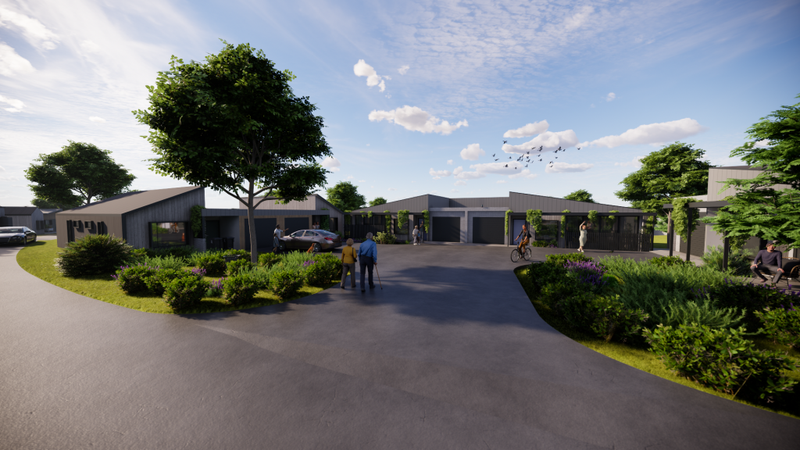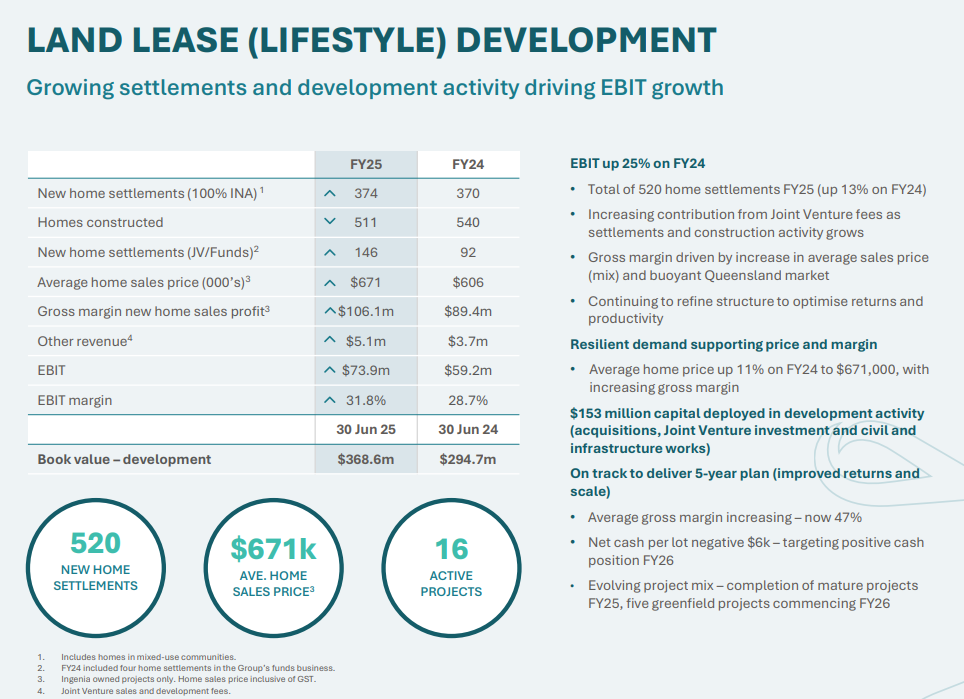Land lease in regional areas a panacea for affordable housing: AHURI research
ASX-listed manufactured home owner and operator Aspen Group’s core target customer base is the 40% of households that can pay no more than $400 per week in rent or a $400,000 purchase price for their housing needs. New research from the University...

ASX-listed manufactured home owner and operator Aspen Group’s core target customer base is the 40% of households that can pay no more than $400 per week in rent or a $400,000 purchase price for their housing needs. New research from the University of South Australia, RMIT University, Curtin University, and Flinders University for the Australian Housing and Urban Research Institute’s Inquiry into housing policies and practices for precariously housed older Australians highlighted shared equity mortgages and forms of land lease developments as a potential answer to the plight of lower-income people aged over 50. In a land lease arrangement, the household owns the house but not the land where it’s built. The land is leased from another person or corporation. Not owning the land component of their housing, can make homeowners eligible for some Commonwealth Rent Assistance (CRA), which can improve housing affordability.
“Not all buyers have sufficient cash to purchase a land lease home, but some could support a small mortgage as a way of obtaining security of tenure and preserving their capital,” said Debbie Faulkner from the University of South Australia.
“However, banks rarely lend for this type of product. This refusal to provide mortgages was criticised as being inconsistent, as banks do lend for other depreciating assets such as cars.
“Regional centres can provide the land parcels required for low-density development models and offer an option for developers and investors who are more risk averse and willing to accept lower returns.”
The report advocates regional council make land available at a subsidy for land lease development. “Building higher-density housing, including one-bedroom or studio units, can also suit the older age group, as it provides potential affordability, lower maintenance, and increased opportunity for social connections and support,” Faulkner said. “Co-living was seen as an option for some older people. While older householders usually had a strong preference for larger, fully self-contained dwellings and private open space, many of the pre-retirement informants indicated an openness to communal living arrangements, ranging from having shared laundries to co-living. These findings suggest a welcome generational shift in thinking is occurring.”





